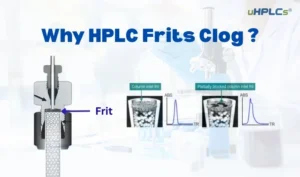
Why HPLC Frits Clog ?
1. Introduction: What Is an HPLC Frit and Why It Matters As you know, In
Home » HPLC Applications in Forensic Toxicology
Contact uHPLCs Today for Any Questions for HPLC / UHPLC

1. Introduction: What Is an HPLC Frit and Why It Matters As you know, In

High-Performance Liquid Chromatography (HPLC) delivers reliable separation and quantification across pharmaceuticals, biological samples, natural products,
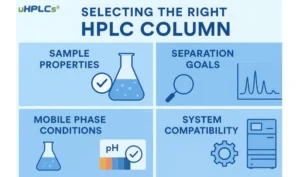
Introduction Ever struggled to decide which HPLC column to use for your analysis? You’re not
High-Performance Liquid Chromatography (HPLC) plays an integral role in the field of forensic toxicology.
It’s a powerful tool used to detect and quantify substances in biological samples, aiding in investigations related to substance abuse, poisoning, and death. HPLC’s high sensitivity, accuracy, and wide range of detectable substances make it a go-to method in forensic labs. Key applications include identifying illicit drugs, performance-enhancing substances, poisons, and alcohol levels.
By allowing toxicologists to establish substance concentrations in blood, urine, or tissue samples, HPLC supports precise, evidence-backed conclusions, crucial for legal proceedings and scientific research.
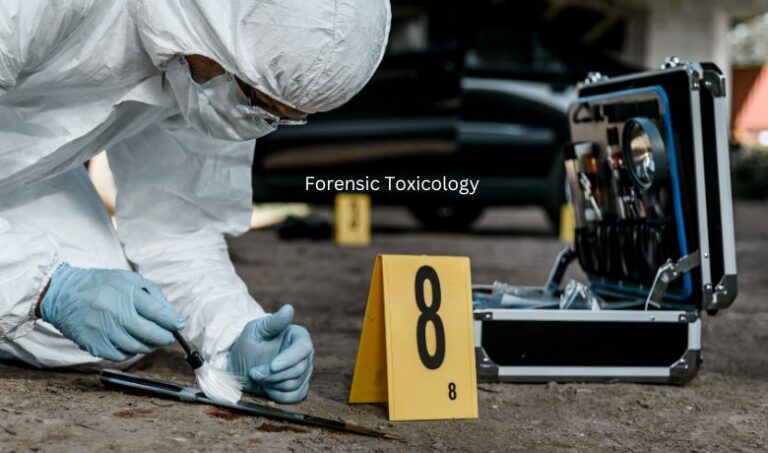
HPLC is a crucial tool in forensic toxicology, providing precise and reliable results for a wide variety of analyses. This analytical technique is used extensively in forensics to identify and quantify substances in biological samples, which can be pivotal in cases of substance abuse, poisoning, and fatal overdose.
Key Applications of HPLC in forensic toxicology include:
Drug Detection and Quantification: HPLC can accurately identify and measure concentrations of drugs and their metabolites in biological samples. This is vital in cases of drug overdoses, driving under the influence, and drug-related crimes.
Poison Analysis: The identification of poisons, especially in complex mixtures, is made feasible with HPLC, assisting in investigations of potential poisonings or harmful exposures.
Performance-Enhancing Substances: HPLC is often used in the sports industry to detect prohibited performance-enhancing substances, supporting fair play and athlete health.
Post-mortem Toxicology: In determining cause of death, HPLC plays an instrumental role by identifying and quantifying toxic substances that could have contributed to the fatality.
Method Development and Research: HPLC is frequently used in research to develop new methods for detecting emerging drugs of abuse or to enhance existing techniques.
By providing high-resolution, accurate, and reproducible results, HPLC continues to be an invaluable resource in forensic toxicology, helping to solve cases and advance our understanding of toxic substances.
In the field of forensic toxicology, maintaining the performance and longevity of your HPLC system is crucial for accurate and reliable results. Regular replacement of certain HPLC consumables is a key part of this process. Here are some consumables that often need frequent changing:
HPLC Columns: Over time, columns can become contaminated or degrade, leading to less reliable results. The frequency of replacement depends on the types of samples run, the cleaning procedures used, and the specific column.
Inline Filters: These protect the column and other parts of the system from particulate matter and should be changed regularly to avoid build-up that can affect pressure levels and overall performance.
Tubing: The small diameter tubing in an HPLC system can become blocked over time, particularly if your samples contain particulate matter. Regular replacement ensures consistent flow rates and pressure.
Seals and Gaskets: These components degrade over time, which can lead to leaks and loss of system pressure. Regular inspection and replacement can help maintain optimal system performance.
Frits: These are small filters found in various parts of an HPLC system, including columns and sample vials. Frits can become blocked with particulates or degrade over time and should be replaced regularly.
Lamp in the Detector: The light source in your HPLC’s detector doesn’t last forever and will gradually become less intense over time. A dimming lamp can affect your detector’s sensitivity and the reliability of your results.
Remember, the frequency of replacement will depend on the usage and maintenance of your HPLC system. Regular inspections and preventive maintenance can help you identify potential issues before they impact your results.
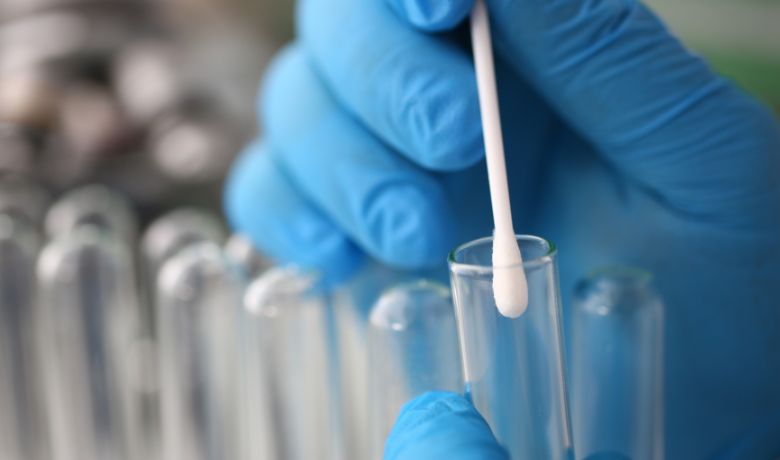
Duis condimentum nunc metus, maximus porta velit temporin. Intincidunt leo viverra, sodales ex eu, posuere purus. Duis in augue vestibulum, aliquet nulla vitae, tempus tellus.
HPLC is favored due to its ability to analyze a broad range of substances with high precision, accuracy, and sensitivity. It can quantify substances in various complex biological samples, making it invaluable in drug detection, poison analysis, and determining the cause of death in post-mortem toxicology.
The frequency of column replacement depends on factors like usage, sample complexity, and maintenance practices. Regular column maintenance and appropriate use can prolong lifespan. However, if you observe changes in pressure, resolution, or asymmetry of peak shapes, it may indicate that the column needs to be replaced.
HPLC can separate, identify, and quantify drugs and poisons in biological samples, even if they are present in very low concentrations. By comparing the obtained results with standard substances, forensic toxicologists can accurately identify the detected compounds.
Common consumables that require regular replacement include HPLC columns, inline filters, seals and gaskets, frits, and detector lamps. The replacement frequency depends on usage, maintenance practices, and specific lab conditions.
Regular maintenance is key. This includes replacing consumables as needed, cleaning the system routinely, and properly handling and storing the system. Additionally, regular inspection can help detect potential issues early, preventing major problems and downtime.
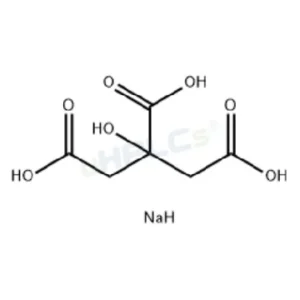
Uridine 5’-triphosphate Trisodium Salt (UTP-Na₃) Reference Standard | CAS 19817-92-6 | High-Purity Reference Materiel Product Code: U-D25015X Chemical Name: Uridine 5’-triphosphate Trisodium Salt (UTP-Na₃) Category:

Glutathione (G-SH) Reference Standard | CAS 70-18-8 | High-Purity Reference Materiel Product Code: G-D25016X Chemical Name: Glutathione (G-SH) Category: Drug Impurity Standard CAS Number: 70-18-8

Adenosine 5’-triphosphate Disodium Salt Reference Standard | CAS 987-65-5 | High-Purity Reference Materiel Product Code: A-D25014X Chemical Name: Adenosine 5’-triphosphate Disodium Salt Category: Drug Impurity
WhatsApp us
Subscribe for exclusive offers and updates on new arrivals